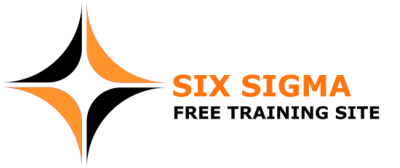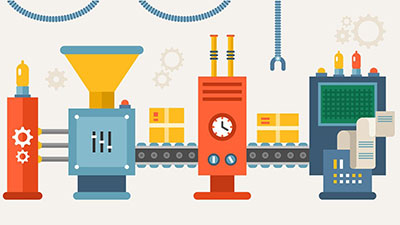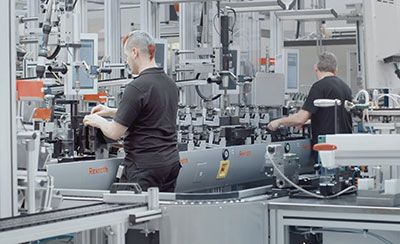Production Line Balancing And Its Benefits
Many organizations around the world use the production line balancing strategy. But what exactly is the production line balancing?
Simply put, the production line balancing is a strategy that allows making the production lines flexible enough to allow them to absorb both the internal irregularities as well as the external irregularities.
How to prepare yourself for your Six Sigma certification.
Simply put, the production line balancing is a strategy that allows making the production lines flexible enough to allow them to absorb both the internal irregularities as well as the external irregularities.
How to prepare yourself for your Six Sigma certification.
When you are talking about production line balancing, it is important to notice that there are 2 different types of line balancing:
- the static balance: The static balance refers to the long-term differences in capacity during a period that shouldn't be inferior to several hours. It is said to be a static imbalance when people, machines, or even workstations are underutilized.
- the dynamic balance: The dynamic balance refers to the short-term differences in capacity during a period that shouldn't exceed hours. It is said to be a dynamic imbalance when product variations and mixes are done during the work time and that aren't related to the product mix.
Whenever there is an imbalance, no matter if it is a static or a dynamic imbalance, the workmen should be able to take care of the situation. They should be taught to react quickly to them so that the changes in the output aren't significative.
Take a look at these free online certifications that can improve your resume.
When an organization or company adopts the production line balancing, you need to note that this strategy works under two different circumstances:
Take a look at these free online certifications that can improve your resume.
When an organization or company adopts the production line balancing, you need to note that this strategy works under two different circumstances:
#1: Cycle Time Restriction:
Each workstation has a maximum time in which the products spend. However, not all workstations have the same cycle time.
#2: Precedent Constraint:
When applying the production line balancing, a product just can't move to the following workstation if it didn't complete all the tasks that are necessary on the current workstation. After all, there are some activities or parts that need to be performed before the product moves on to the next workstation.
Read more about value stream mapping.
Read more about value stream mapping.
So, what's the purpose of using or adopting the production line balancing?
Simply put, adopting the production line balancing has a lot of benefits for the organizations. These include:
Simply put, adopting the production line balancing has a lot of benefits for the organizations. These include:
- Deciding on the number of workstations necessary to improve the final output
- A more effective management of the workloads among assemblers
- Decrease the production costs
- Recognize and determine when there is a bottleneck
- Deciding on the tasks assigned to each specific workstation so that the idle time is minimum.
When you are adopting the production line balancing, it is important to notice that there needs to be a certain flexibility on the production line that should be linked to the individual capabilities and skills. So, whenever a worker is dealing with problems solving the issue that arose at his workstation and it is causing delays, another worker should intervene and help.
Discover everything you need to know about the Pareto analysis and the Pareto chart.
In addition, workers should be trained to perform a manual checkup of all the machines they will be using each day before they start to work. This will prevent equipment failures during the work time.
Overall, the application of the production line balancing involves some science but it can also be considered an art. The reality is that labor flexibility is an asset for the management since workers will need and will know how to inspect all the machines every single day.
Discover everything you need to know about the Pareto analysis and the Pareto chart.
In addition, workers should be trained to perform a manual checkup of all the machines they will be using each day before they start to work. This will prevent equipment failures during the work time.
Overall, the application of the production line balancing involves some science but it can also be considered an art. The reality is that labor flexibility is an asset for the management since workers will need and will know how to inspect all the machines every single day.





 RSS Feed
RSS Feed